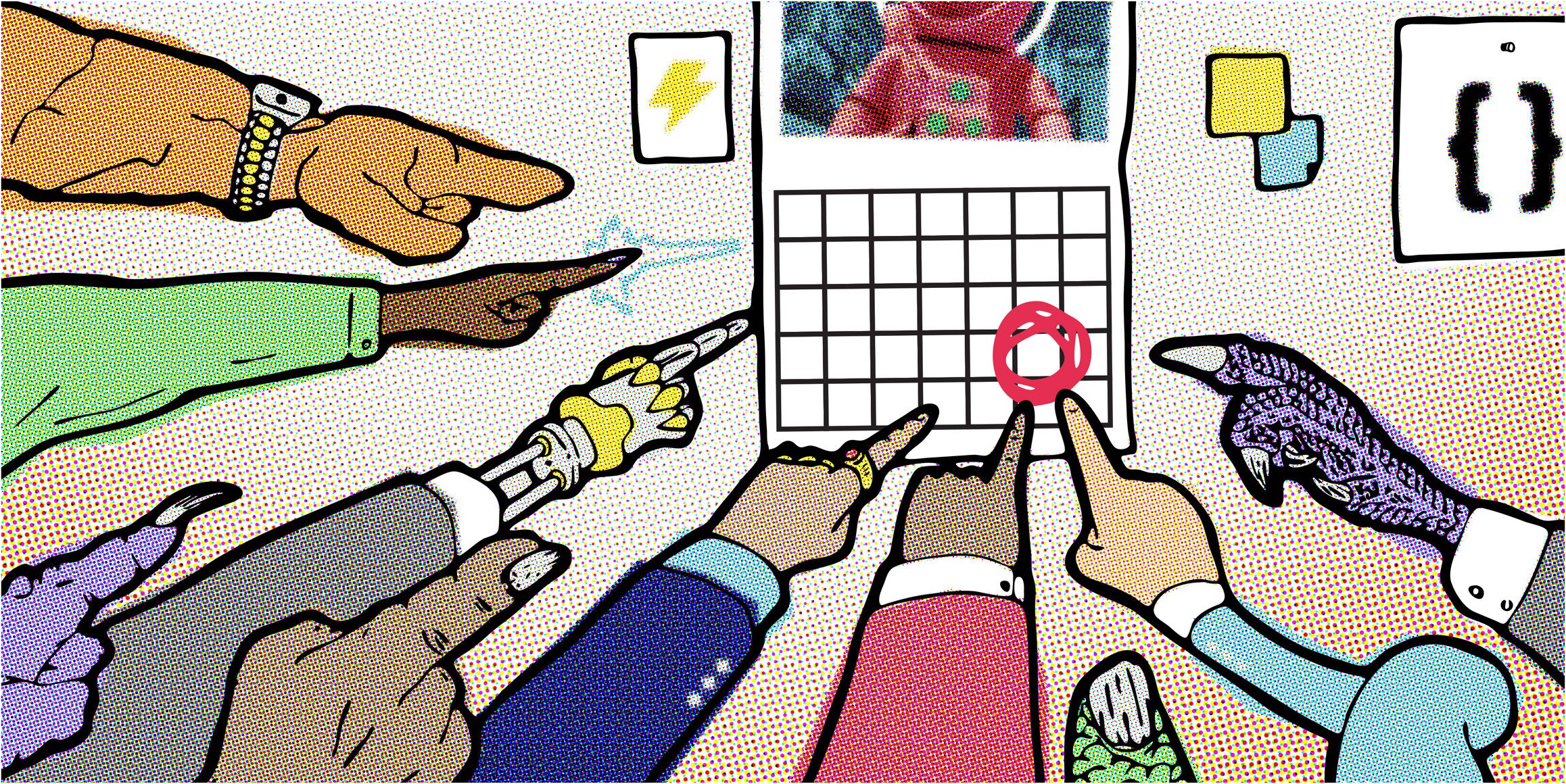It’s a new year, which means we’re only so many months away from another Black Friday. As a marketer, that means one of two things: The clock is ticking to plan your brand’s next blowout promotion. Or two, you have a limited amount of time to rebuild your list after a swath of suddenly disinterested customers unsubscribed after seeing your holiday promotion.
What went wrong? After all, the prospect of deals is often why people offer their email address in the first place. However, the distance between connecting with customers and becoming another source of spam is very short if you haven’t nurtured that relationship.
Email is valuable, which is why so many brands offer incentives to users for their personal information. But once they use that one-time discount, you have to find a way to extend the relationship. If you can’t demonstrate your emails offer more than sporadic discounts, your marketing campaigns will just wind up in the trash.
So what can you do to ensure this relationship has a much happier ending? Follow these 4 guidelines to see more lasting results from your email marketing:

1. Look beyond discounts to drive a sustainable email campaign
For all its possibilities for personal connection, email is often handled crassly as a marketing channel. Your brand can offer a coupon for subscribing to its newsletter, and your customer can sign up to save money. Who wouldn’t?
But after your customer’s first purchase, their standing as a subscriber depends on what you have to offer. From there, most brands take one of two approaches. One is remaining silent until it’s time to deliver the next discount. By delivering no further insights via email, you’ve established that the coupons are all you have to offer — and your customer will likely move on.
Of course, you could continually offer new promotions. After throwing out so many incentives, your customer becomes in on the joke that a coupon offering 30% off every month is ultimately meaningless. Since any consumer can only consume so much, they’ll drop off your list because they’ve bought what they needed and your emails offer no real value.
For brands whose content has a dedicated following, you have more resources at your disposal than coupons. Clothing brands encourage email subscriptions by offering early access to seasonal sales or new product releases before the general public. In the case of a gaming company, you can offer users access to a gated digital experience or resources valuable in game play in exchange for an email address.
From there, you have an assortment of rewards that go beyond financial incentives to continue the relationship. Plus, you’ve established that your emails can take subscribers somewhere that looks beyond your storefront.

2. Invest in email to build a more valuable connection with customers
Whether you’re using a discount or the prospect of exclusive content to acquire customer emails, building your list costs money. However, if you want to retain those subscribers, your brand has to continue that investment.
Fundamentally, your email program should nurture a relationship with customers. Obviously, all customers are interested in discounts. But you can build a stronger connection by providing an expansive, more curated experience than an occasional coupon.
In ecommerce, Patagonia engages its audience with emails offering stories and other content that reflect the brand’s values. Whether delivering articles about exploring far-flung places or efforts to drive environmental activism, the brand deepens their customer connection without relying on discounts to buy the relationship.
Of course, their email campaign requires writers who tell the story and photographers to set the scenes, both of which demand expertise that costs money. But if you spend appropriately, you’ll see a return on your email investment going forward — and so will your customers.

3. Keep content relevant and responsive to customer interests
A strong email program delivers content that responds to customer interests without seeming invasive. When your audience receives information tailored to their habits, you offer the impression of delivering content that’s more personal than just another name on a subscriber list.
For example, any gaming company knows what each of their customers is playing based on their purchase history and activity. If they are using a specific platform, you can offer insights on how to improve their experience by promoting new titles. If a cohort of subscribers has signed up through one game, your email should offer further details such as extra activities within the game, or responses from the community.
Spotify tailors its email outreach in response to user interactions with the platform. After a customer signs up for a free account, the streaming service schedules emails that promote the app, offer discounts for an upgrade to premium, and other benefits. Then, by compiling a user’s annual activity, Spotify presents that data to subscribers as an inviting opportunity to review their year in music.
When you open your emails to analysis, your brand gains further insight to the content that resonates with customers in a way that merits further exploration. If you send 10 emails over a year, your brand gains access to 10 emails worth of data to create a more targeted newsletter or campaign in the future. But your brand will never gain these opportunities if your email program doesn’t nurture that relationship throughout the year.
Sharing data insights with your customers provides another means of delivering personalized information with your emails. Your email content doesn’t have to be hyper-personalized to be successful. As long as it remains in tune with your customers’ interests, they’ll happily remain subscribers.

4. Understand the context of when your email arrives
One of the biggest disappointments that comes with being caught in a mass unsubscribe effort on Black Friday is how counter-intuitive it feels. Doesn’t the day exist for the purpose of finding deals? How could your customer break from your brand at the moment sharing their email address will supposedly pay off?
The answer comes down to timing. If you haven’t found a way for your email campaign to stand apart in your customer’s inbox, it’s just part of the deluge of emails that arrive on Black Friday. Waking up to 100 new emails from every brand a customer has engaged with isn’t a bonanza of deals; it’s simply noise — and it’s annoying.
But beyond taking into account the context of your customer’s inbox, you also have to factor other details about when your messages arrive. For example, if your customer uses their work email account to subscribe to brand information, they’re likely too busy to engage if your newsletter arrives first thing in the morning. However, if you schedule an email to arrive at lunchtime, they may be looking for a distraction.
The number of emails you send customers should be dictated by their behavior. If your customer hasn’t browsed your site in weeks, then an email every day will only drive them further away. However, if they’ve played your brand’s game every day of this week, then they’re more likely to be interested if you email them with more information about that title or its console.
There’s a lot of value tied with someone’s email, both in terms of your brand and your customer’s privacy. If you treat that connection with the care it deserves, at any time of year, it will continue paying off for your brand.


